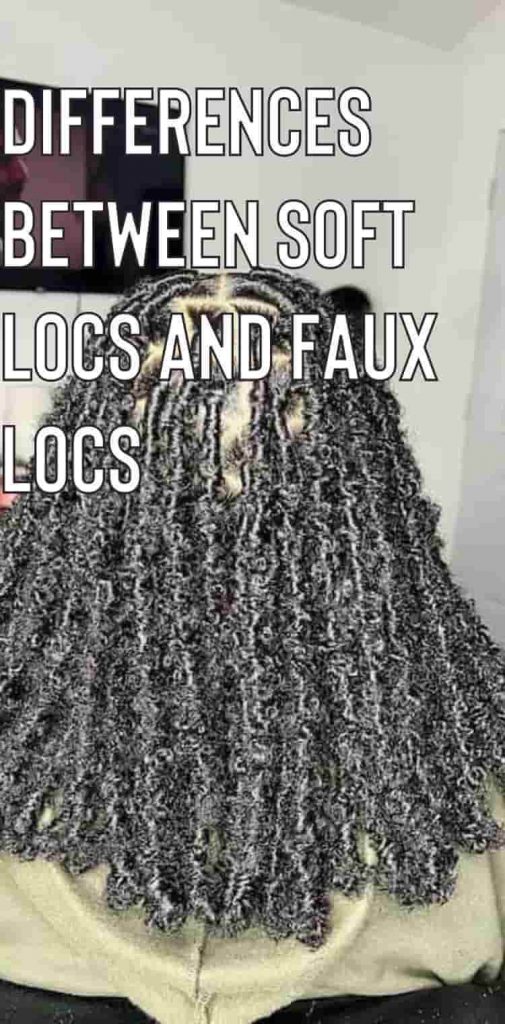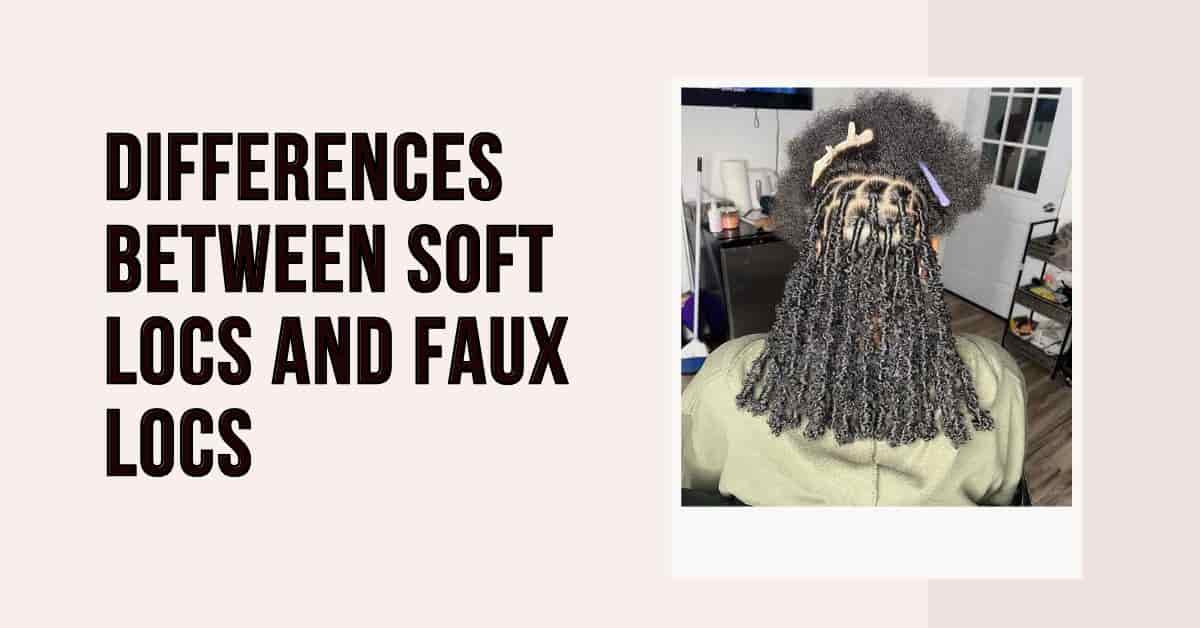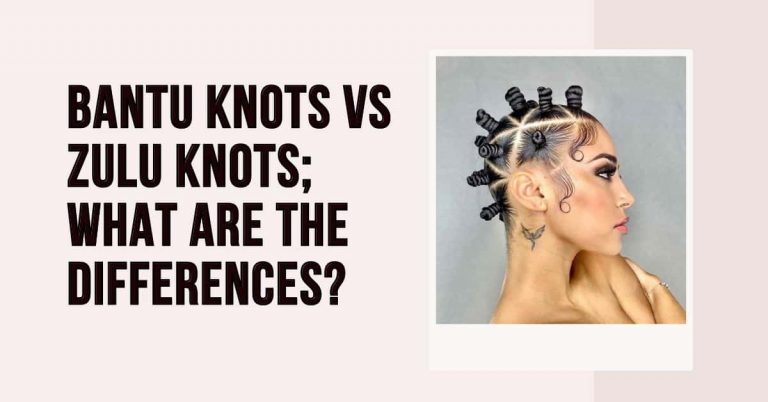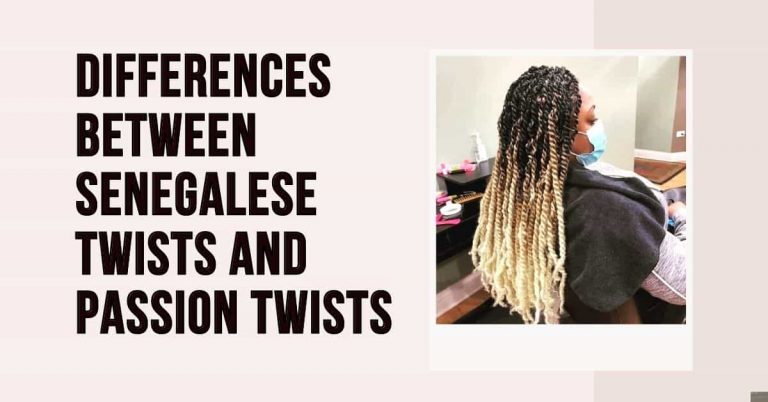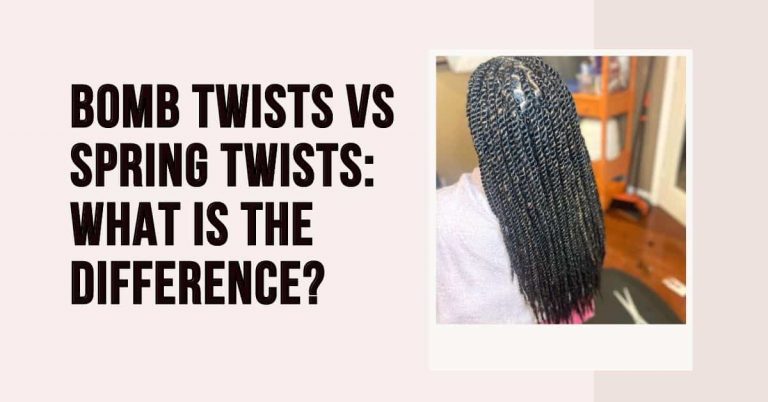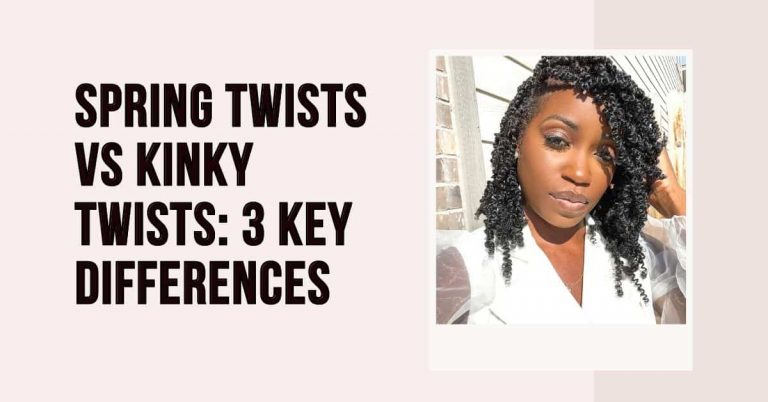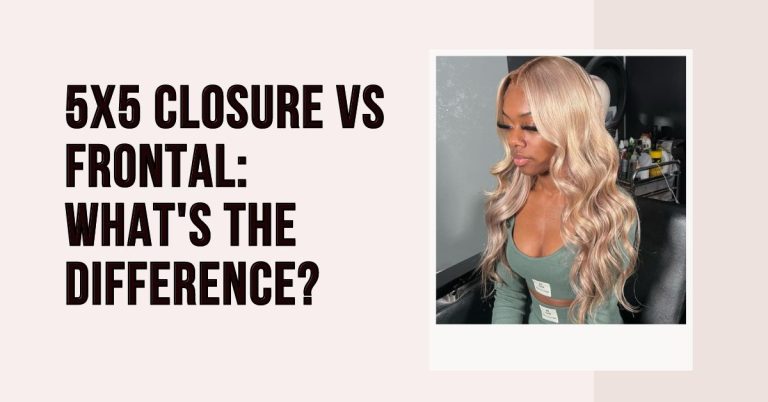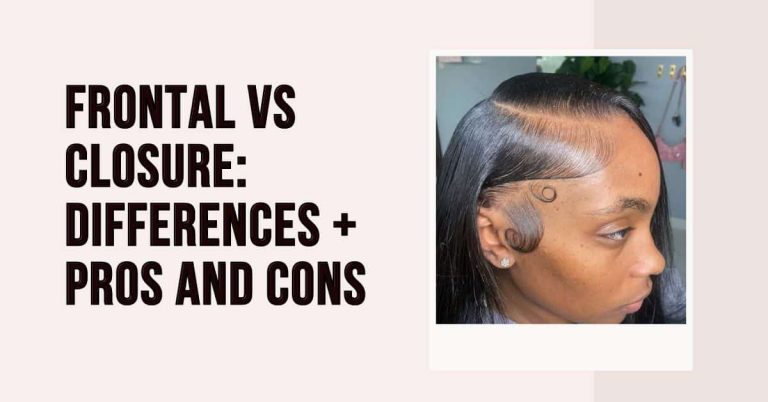What are the Differences Between Soft Locs and Faux Locs?
Once upon a time when things were simpler, we only had faux locs and regular dreadlocks. Today, however, there are more locs than you can afford to count: from faux locs to goddess locs, butterfly locs, and even bohemian locs.
With so many options out there, telling the differences between the several types usually becomes increasingly difficult, and that’s why we’re here to help. Earlier, we discussed the differences between dreads and locs, but we’ll be going even deeper today.
In this article, you’ll learn the differences between soft locs and faux locs to help you determine which is which. If you follow this post to its conclusion, you should know the pros and cons of either hairstyle, giving you all you need to make an informed decision when choosing a hairstyle.
What are Soft Locs?
Soft locs refer to a category of faux loc hairstyles that have a soft look and texture. They require a unique kind of hair extensions that guarantee the look, and they come in knotted and knotless variants, just like box braids.
From the above description, it’s pretty clear that there are more similarities between soft locs and faux locs than there are differences. Faux locs is an umbrella term for all kinds of enhanced artificial dreadlocks designed to eliminate the wait, and soft locs seem to fit perfectly into that description.
Like many other hairstyles in the faux locs category, soft locs can last for up to two months, which isn’t bad, especially when you consider the fact that they’re easy to install. If you love the look after that timeframe, there’s no harm in keeping it for even longer; isn’t that the point of locs?
What are Faux Locs?
Faux is French for fake, and we all know what locs means. Defining faux locs becomes easy once you know the meaning of both words, and I believe you already know what it is. For those innocently unaware, faux locs refer to a popular category of styles that look to copy the look of mature dreadlocks.
While real locs often only use the wearer’s hair, faux locs don’t; instead, you use specially crafted artificial hair to make your hair appear like dreadlocks. It usually takes a long time to install faux locs, and when you’re done, you can carry it for months before needing another hairdo.
Pros and Cons of Soft Locs vs. Faux Locs
If you understand the difference between the two hairstyles in question, you’ll also understand that all the advantages and drawbacks of faux locs also apply to soft locs. However, there are certain benefits exclusive to soft locs only, and that is the main point of this section.
With that said, here are some of the pros and cons you should expect from soft locs, and faux locs in general.
Pros
- They’re long-lasting
One of the biggest positives as far as locs are concerned is that they tend to last very long, which isn’t very surprising. The point of locs is to wear a single hairstyle for so long that it starts to lock. If you’re going through the artificial route of achieving that, you wouldn’t want to say no to keeping it for a bit longer than your regular hairstyle.
Still on this, soft locs tend to get better as they age, as the locs become more defined, generally improving the look of the style. If you want a style that can last long naturally without you needing to retouch it every other day, you’re certainly looking for faux locs, or more specifically, soft locs.
- They’re light and easy to carry
This benefit only goes for soft locs, as I’ve discussed earlier in this article. While most variants of faux locs are heavy and add some cerebral weight, it’s not quite the same for soft locs. Thanks to their soft texture, they tend to be lighter and easier to carry than your regular faux loc hairstyle.
This benefit can come in handy when you need to install very lengthy locs that you make into an updo. But for soft locs, you would have had to carry twice the weight of your head.
- The locs are instant
The biggest benefit of soft locs and all kinds of faux locs, in general, is that you get something that looks very similar to regular mature locks without the wait. If you’ve ever attempted dreadlocks, you’ll know how long and frustrating the wait can be, making it convenient that you can skip that.
Despite the wait not being excessive, you still end up with something adorable that tends to last very long. I don’t think they’ll ever be as good as regular mature locs, but faux locs do record some pretty significant wins over their original counterpart, with everything else being equal.
Cons
While soft locs do have some pretty significant benefits, they also have some drawbacks that may want to convince you to rethink them. If it was up to me, however, I think those drawbacks aren’t quite serious enough to warrant a rethink, but you have the right to decide for yourself.
One of the drawbacks is the locs sticking together, which seems to happen a bit too often if you don’t keep it moisturized constantly. This problem exists for regular locs too, and it may or may not be a drawback, depending on who you ask. If you can’t deal with your hair constantly sticking together, you may want to avoid faux locs entirely.
Also, you want to check how often you wash your locs if you want them to last long. You should consider using a shampoo formulated specifically for artificial locs, or you’ll have strands of hair flying all over the place.
What are the Differences Between Soft Locs and Faux Locs?
If you’ve read carefully up to this point, you should know the biggest difference between soft and faux locs already. For the benefit of the doubt, however, I’ll assume you only started reading from this section, so I’ll discuss the differences between the two types of locs in question.
As explained earlier, all soft loc hairstyles are a subset of faux locs; they’re more or less the same. While all soft locs are also faux locs, not all faux locs are soft locs. The former refers to any hairstyle that tries to look like real dreadlocks, while the latter is a kind of faux locs that have a soft texture.
With that in mind, it becomes much easier to understand the differences between the two terms. In addition to the main difference, soft locs have a softer look to them, just as you’d expect when you consider the name. Of course, that doesn’t make them any less of faux locs; just a characteristic unique to soft locs alone.
As you’d expect from a style with a softer look and feel, soft locs are lighter on your head than most other kinds of faux loc hairstyles. That quality counts as a huge positive for the former, as less weight equals less pull on your hair, minimizing the risk of hair loss due to breakage.
Another obvious difference that’s worth mentioning is the kind of hair used in making the hairstyles. Faux locs already require a specific kind of hair extensions, but it becomes infinitely more specific with soft locs. Your hair doesn’t have that adorable soft look by default; you need to use enhancements.
You should understand that most of the points listed here are not intended to be seen as differences between faux locs and soft locs. To be clear, there are no differences between the two, as they should be the same. Instead, I’m just trying to show you the differences between your run-of-the-mill faux loc hairstyle and random soft locs.
Conclusion
From this article, it’s clear that comparing faux locs and soft locs is a big misconception, as they’re not competitors at all, to start with. In spite of that, I’ve done enough to show you the differences between the two, and the pros and cons of getting either.
If you liked this article, you may want to see some of our other detailed comparisons below.
- What’s the Difference between Dreads and Locs?
- Zulu Knots vs Bantu Knots; What are the Differences?
- Knotless Braids vs Box Braids: What’s the Difference?
- Differences Between Box Braids and Crochet Braids
- Spring Twists vs Kinky Twists: 3 Key Differences
Pin for Later.
